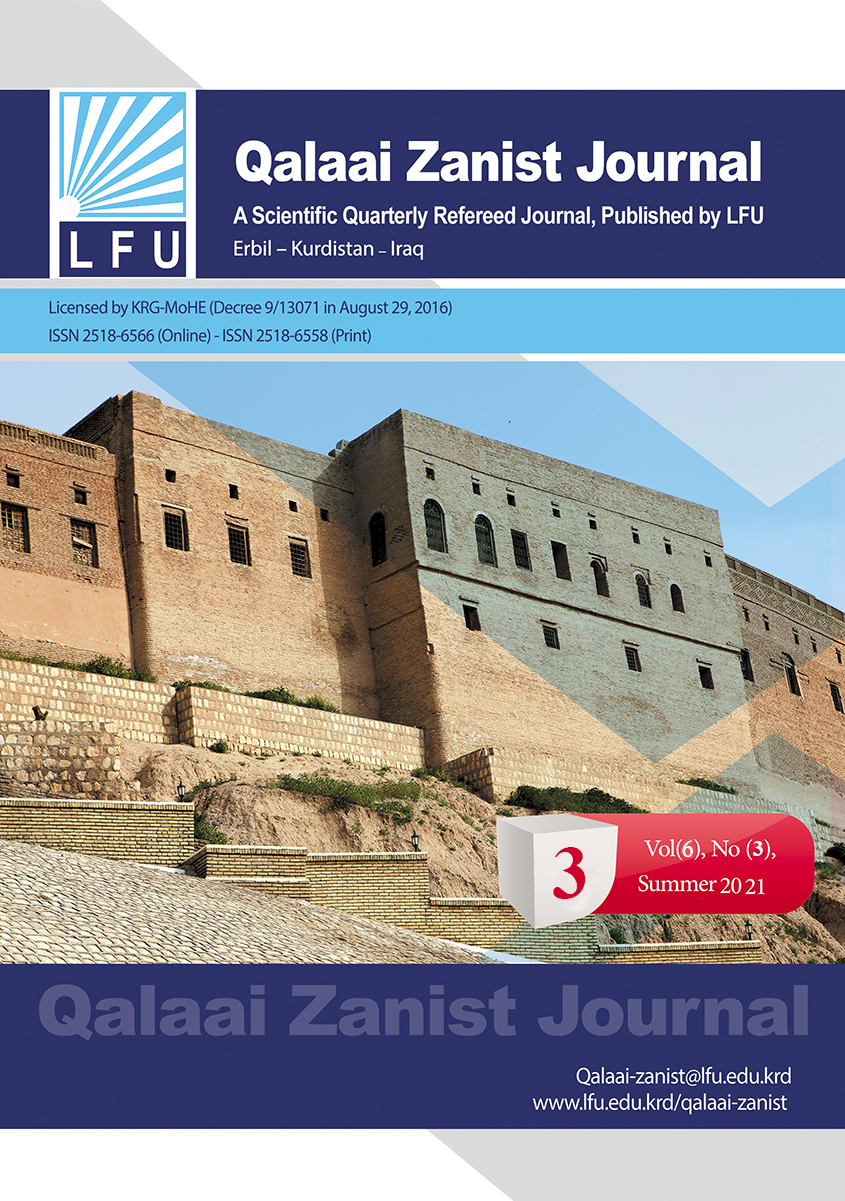Russian Foreign Policy in Syria 2011 to 2017: Neo-Realist Perspective
##plugins.themes.bootstrap3.article.main##
Abstract
During the Cold War, the neo-realist theory emerged, which had an important role in enriching Russian foreign policy, as it showed Russia’s desire in creating a multipolar world on the one hand, and its awareness of regional and global issues on the other. The neo-realist theory is based on the fact that the international communities and international relations of the states are in conflict. State actors pursue policies that intered to increase the power of the state and exploit it in line with its interests and strategy, regardless of its impact on the interests of other countries.
The adoption of the neo-realist theory is important, especially the vision of Stephen Walt, who is one of the most important theorists of this school, who looks at the change in the behavior of Russian foreign policy in the post-2011 period in the Middle East in general and Syria in particular from the perspective of neorealism.
Accordingly, the position and military intervention carried out by Russia on Syrian territory was a significant turning point in the history of Russian foreign policy in the Middle East, and this intervention is the first test of the Russian power aimed at restoring its status outside its territory, i.e., the countries neighboring Russia, and also reflects its ability to Compet with the United States of America in a region of strategic importance such as Syria.
In conclusion, it can be said that the development of Russian foreign policy and its transition from the stage of ideological bases to realism and pragmatism is what characterized the period of President Vladimir Putin’s rule, specifically in Syria after 2011.
Downloads
##plugins.themes.bootstrap3.article.details##
How to Cite

This work is licensed under a Creative Commons Attribution 4.0 International License.





